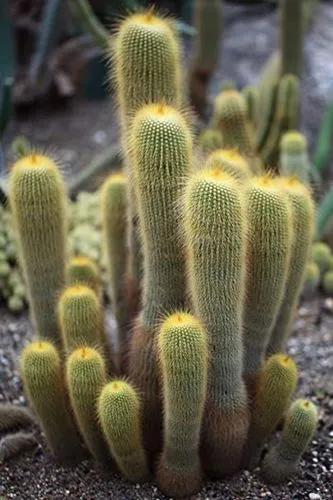Galanthus nivalis grows to around 7–15 cm tall, flowering between January and April in the northern temperate zone (January–May in the wild). They are perennial, herbaceous plants which grow from bulbs. Each bulb generally produces two linear, or very narrowly lanceolate, greyish-green leaves and an erect, leafless scape (flowering stalk), which bears at the top a pair of bract-like spathe valves joined by a papery membrane. From between them emerges a solitary, pendulous, bell-shaped white flower, held on a slender pedicel. The flower consists of six tepals, also referred to as segments. The outer three are larger and more convex than the inner ones. The inner flower segments are usually marked on their outer surface with a green or greenish-yellow V- or U-shaped mark (sometimes described as "bridge-shaped") over the small sinus (notch) at the tip of each tepal. The inner surface has a faint green mark covering all or most of it. Occasionally plants are found with green markings on the outer surface of the outer tepals. The six long, pointed anthers open by pores or short slits. The ovary is three-celled, ripening into a three-celled capsule. Each whitish seed has a small, fleshy tail (the elaiosome) containing substances attractive to ants which distribute the seeds. The leaves die back a few weeks after the flowers have faded. G. nivalis is a cross-pollinating plant, but sometimes self-pollination takes place. It is pollinated by bees.
Snow Drop Lily Care
Galanthus



What is the plant
How to Care for the Plant

Water

When spring arrives, the plant’s only demand is moist soil. Water the plants deeply and thoroughly when rainfall is less than 2 inches per week. Keep up the watering schedule as long as the plant is growing.

Sunlight

This low-growing plant tolerates partial shade to full sun and a variety of soil types, and it requires almost no maintenance.

Popularity

12 people already have this plant 20 people have added this plant to their wishlists
Ease your plant care routine with PlantIn's personalized system.
What's wrong with your plant?
Related Plants
Discover more plants with the list below
Related articles






